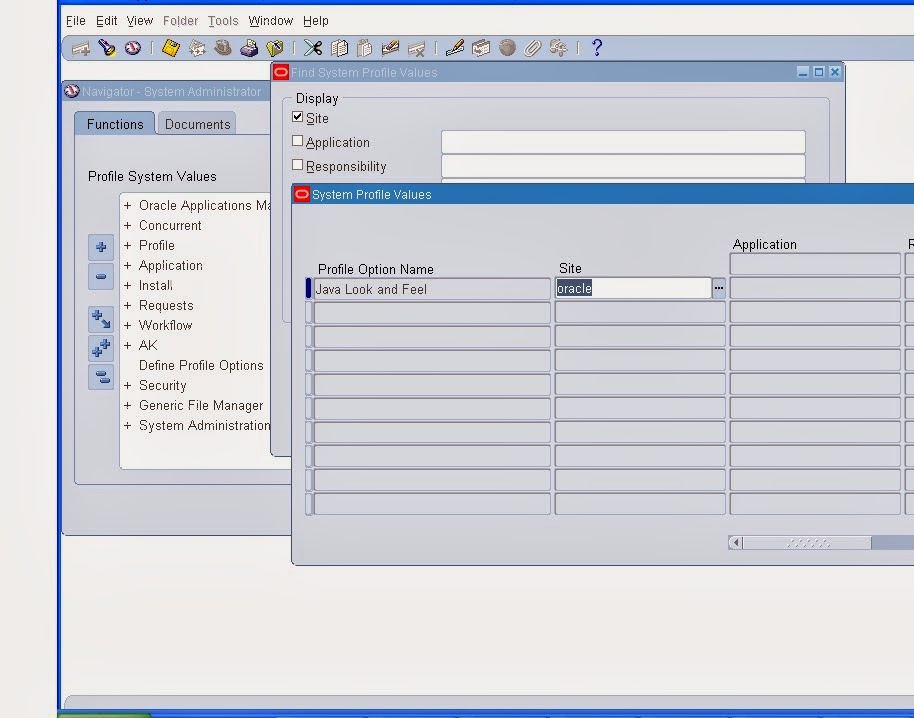The Java Database Connectivity (JDBC) API provides universal data access from the Java programming language. Using the JDBC API, you can access virtually any data source, from relational databases to spreadsheets and flat files. JDBC technology also provides a common base on which tools and alternate interfaces can be built.
This article describes how to replace the Oracle JDBC driver with a different version. Replace the Oracle JDBC. JDK 1.5 or higher. Oracle JDBC drivers are. This article describes how to replace the Oracle JDBC driver. A JRE/JDK 1.5 or higher. Oracle JDBC drivers are. Driver from the JDBC/UCP Download. Oracle JDBC Drivers release 10.2.0.1.0 Downloads. Oracle Database 10g Release 2 JDBC Drivers. - for use with JDK 1.2 and JDK 1.3: classes12_g.
The JDBC API is comprised of two packages:
You automatically get both packages when you download the Java Platform Standard Edition (Java SE) 7.
Oracle Jdbc Driver 11g
To use the JDBC API with a particular database management system, you need a JDBC technology-based driver to mediate between JDBC technology and the database. Depending on various factors, a driver might be written purely in the Java programming language or in a mixture of the Java programming language and Java Native Interface (JNI) native methods. To obtain a JDBC driver for a particular database management system, see JDBC Data Access API.
Enhancements in Java SE 7
Component: core-libs
Sub-Component: java.sql
Synopsis: JDBC 4.1 introduces the following features:
- The ability to use a
try-with-resources statement to automatically close resources of typeConnection,ResultSet, andStatement - RowSet 1.1: The introduction of the
RowSetFactoryinterface and theRowSetProviderclass, which enable you to create all types of row sets supported by your JDBC driver.
RFE: 6589685
Component: docs
Sub-Component: release_notes
Synopsis: The JDBC-ODBC Bridge will be removed in JDK 8.
RFE: 8001747
More Information
The Java Database Connectivity (JDBC) API provides universal data access from the Java programming language. Using the JDBC API, you can access virtually any data source, from relational databases to spreadsheets and flat files. JDBC technology also provides a common base on which tools and alternate interfaces can be built.
The JDBC API is comprised of two packages:
You automatically get both packages when you download the Java Platform Standard Edition (Java SE) 7.
To use the JDBC API with a particular database management system, you need a JDBC technology-based driver to mediate between JDBC technology and the database. Depending on various factors, a driver might be written purely in the Java programming language or in a mixture of the Java programming language and Java Native Interface (JNI) native methods. To obtain a JDBC driver for a particular database management system, see JDBC Data Access API.
Enhancements in Java SE 7
Component: core-libs
Sub-Component: java.sql
Synopsis: JDBC 4.1 introduces the following features:
- The ability to use a
try-with-resources statement to automatically close resources of typeConnection,ResultSet, andStatement - RowSet 1.1: The introduction of the
RowSetFactoryinterface and theRowSetProviderclass, which enable you to create all types of row sets supported by your JDBC driver.

RFE: 6589685
Component: docs
Sub-Component: release_notes
Synopsis: The JDBC-ODBC Bridge will be removed in JDK 8.
RFE: 8001747
Oracle Jdbc Thin Driver
More Information
